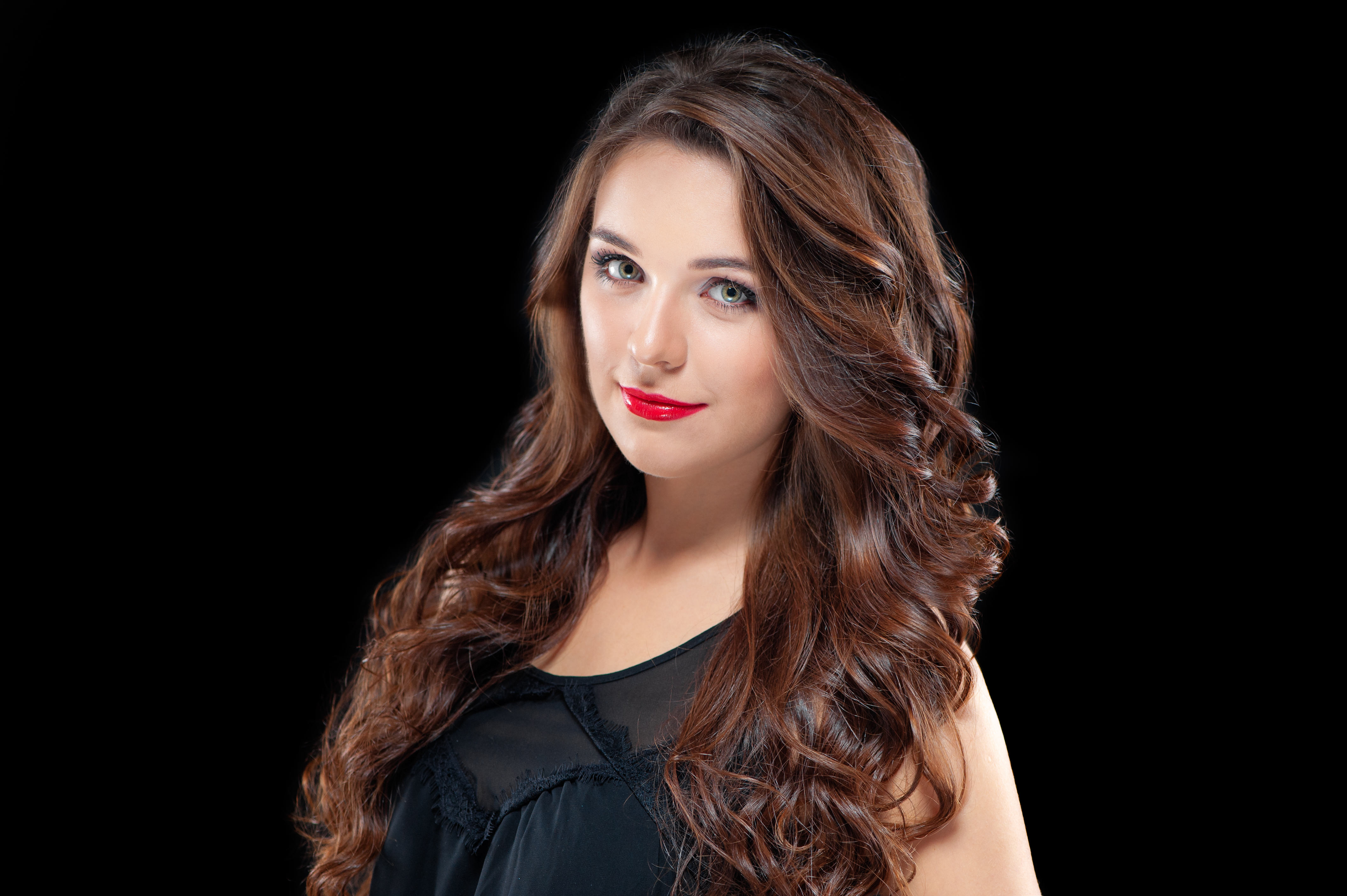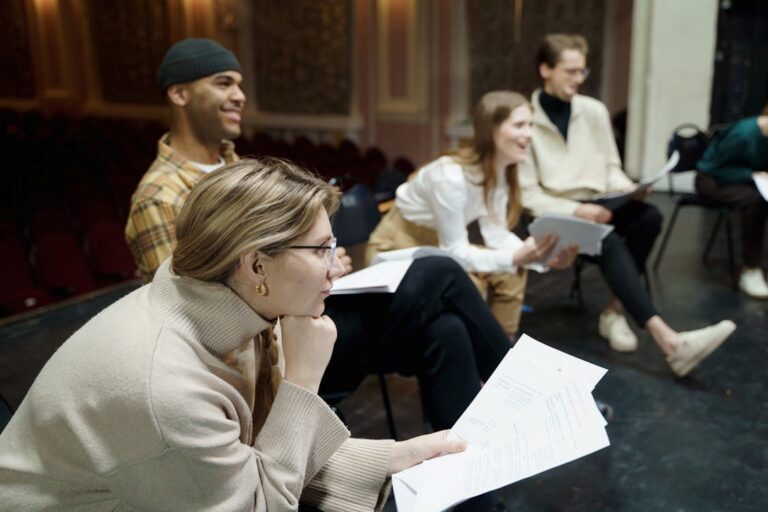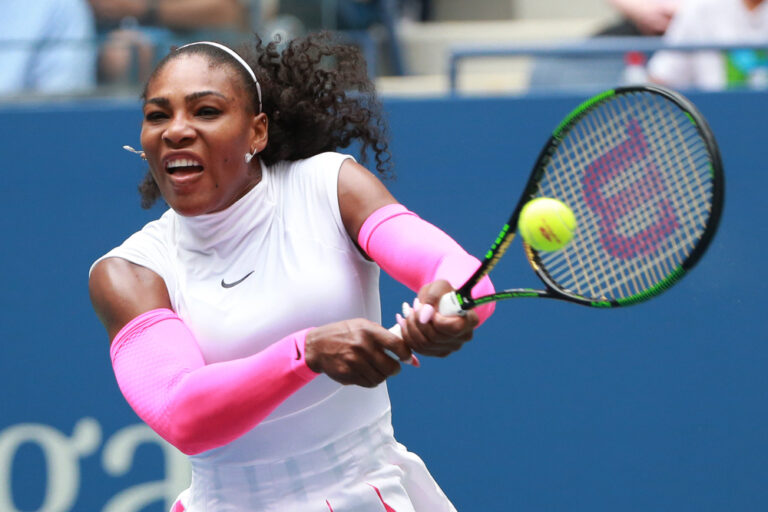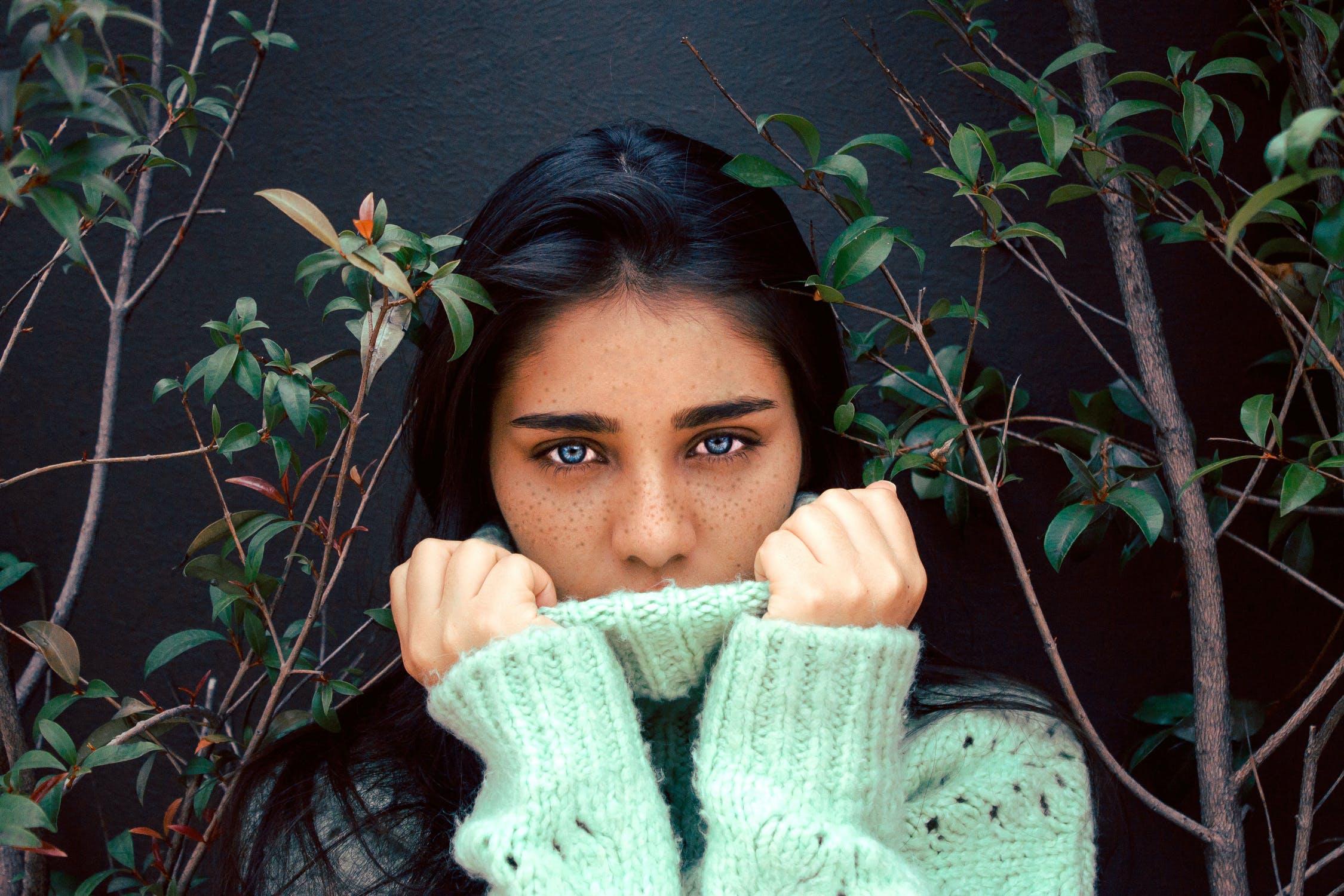
grapplingstars.com, femcompetitor.com, fciwomenswrestling.com, fcielitecompetitor.com fciwomenswrestling2.com articles, pexels.com-photo Fernando-Ramirez.
The weight, density and value of words spoken are often defined by the qualifications of the person who spoke them.
Originally a professor of economics and political science at the ancient university of Taxila, Chanakya managed the first Maurya emperor Chandragupta‘s rise to power at a young age. He is widely credited for having played an important role in the establishment of the Maurya Empire, which was the first empire in archaeologically recorded history to rule most of the Indian subcontinent. Chanakya served as the chief advisor to both Chandragupta and his son Bindusara.
Chanakya was quoted as saying, “The world’s biggest power is the youth and beauty of a woman.”
Nowhere is that more aptly applied than DWW’s Giulia.
In her youth she carved out a strong record of wrestling success and after having a child a making a comeback, she still received stellar marks for her youth, beauty and power.
Her battles raged against the likes of Antonia, Zsusza, Orsi S, Linda of France, Melanie and Timea to name a few DWW notables.
The reviewers loved her youth, power, persistence and great personality.
One scribe expressed, “There is strong Giulia who was a famous wrestler, Zsuzsa is one of the most skilled submission wrestlers. She’s experienced and she’s pretty hard to beat. Giulia doesn’t have that skill but she’s ambitious and strong.”
Another reviewer shares, “Giulia in her first match after her comeback. She’s absolutely fit and strong and faces one of our most promising newcomers in 2007. Orsi S. has got a lot of fans already and here is her topless wrestling debut, too. This match is long and goes back and forth and is exciting from start to the end even though both women are not as skilled as the best HWW women are.”
Focusing on her youth and spirit another fan stated, “I have a thing for Giulia. She is a very attractive Ukrainian girl with an athletic toned body. I like the fact that despite competing hard, she always smiles and looks like she is having a good time out there, even if she has to submit.
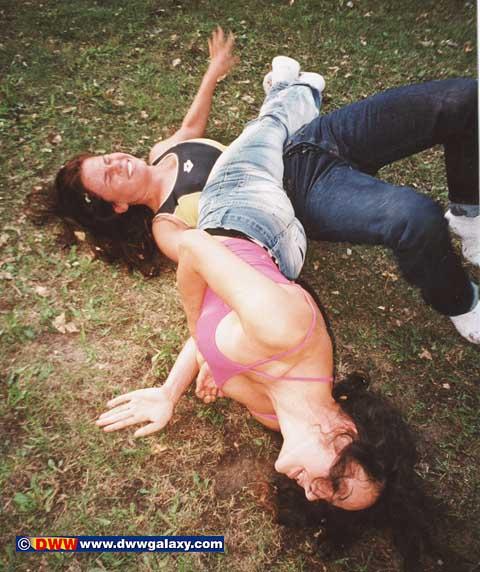
Giulia is particularly beautiful here in her youth, especially, as was mentioned above, due to her constant smile and having-fun attitude.”
In researching Giulia’s name and delving to find more meaning, the great naming site sheknows.com enlightens, “People with this name have a deep inner desire to express their own power in a concrete manner and thus achieve something great for humanity. People with this name are excited by change, adventure, and excitement. They are dynamic, visionary and versatile, able to make constructive use of freedom. They fight being restricted by rules and conventions. They tend to be optimistic, energetic, intelligent, and to make friends easily. They may be changeable, restless, untidy, and rebellious.”
Simply put, what does Giulia’s name mean?
Youthful.
In youth we learn; in age we understand.……….Marie von Ebner-Eschenbach
Giulia is a young Ukrainian woman. Ukraine is a region of the world that has received much news lately but it may be argued, is so little understand.
This writer once volunteered at a hospital and one of the employees, a beautiful young woman with exotic appeal who was soft spoken, very nice and down to earth engaged me in a few conversations about her home country; a region in turmoil and mostly she wanted to forget about what happened there.
What has been happening there?
As usual our fantastic women’s wrestling industry provides us with another opportunity to expand our minds and travel the world.
Let’s now travel to Ukraine.
Ukraine is a country in Eastern Europe. It has an area of 233,062 square miles, making it the largest country entirely within Europe.
Did you know that?
It’s fascinating how so little is known about a country so large.
Ukraine borders Russia to the east and northeast, Belarus to the northwest, Poland and Slovakia to the west, Hungary, Romania, and Moldova to the southwest, and the Black Sea and Sea of Azov to the south and southeast, respectively.
The territory of modern Ukraine has been inhabited since 32,000 BC. During the Middle Ages, the area was a key center of East Slavic culture, with the powerful state of Kievan Rus’ forming the basis of Ukrainian identity.
The strong news source washingtonpost.com brings us up to speed. “Ukrainians have been protesting since Nov. 21, 2014 when President Viktor Yanukovych rejected a deal for closer integration with the European Union, instead drawing the country closer to Russia. They are still in the streets in huge numbers and have seized regional government buildings in several parts of the country. In Kiev, the capital, clashes between protesters and security forces have become violent, killing several people. On Tuesday, the prime minister resigned. No one is quite sure what will happen next.
What’s happening in Ukraine is really important, but it can also be confusing and difficult to follow for outsiders who don’t know the history that led up to – and, in some crucial ways, explains – this crisis.
Here, then, are the most basic answers to your most basic questions.
This is not an exhaustive or definitive account of Ukraine’s story, just some background, written so that anyone can understand it.
- What is Ukraine?
Ukraine – not “the Ukraine” – is a country in Eastern Europe, between Russia and Central Europe. It’s big: about the area of Texas, with a little less than twice the population.
Ukraine has a long history of being subjugated by foreign powers. This is even reflected in its name, which many scholars believe means “borderland” and is part of why it used to be called “the Ukraine.”
- Why are so many Ukrainians protesting?
The protests started, mostly in the capital of Kiev, when President Yanukovych rejected an expected deal for greater economic integration with the European Union. The deal was popular with Ukrainians, particularly in Kiev and that part of the country.
But this is about much more than just a trade deal. Symbolically, Yanukovych’s decision was seen as a turn away from Europe and toward Moscow, which rewarded Ukraine with a “stimulus” worth billions of dollars and a promise of cheaper gas exports. Moscow had subjugated or outright ruled Ukraine for generations, so you can see why this could hit a nerve.
But this is about more than just geopolitics. Yanukovych and his government, since taking power in 2010, have mismanaged the economy and have been increasingly seen as corrupt. In 2004, there had been mass protests against Yanukovych when he won the presidential election under widespread suspicions of fraud; those protests, which succeeded in blocking him from office, were called the “Orange Revolution” and considered a big deal at the time. But now he’s back.
Ukraine is divided. Deeply, deeply divided by language, by history and by politics. One-third of the country speaks Russian as its native language, and in practice even more use it day-to-day. The Russian-speakers mostly live in one half of the country; the Ukrainian-speakers live in another.”
One of the aspects of DWW’s culture that I have always appreciated as a fan was its inclusion of many cultures that in some ways is a microcosm of how the world could be.
Youth is such a powerful time of our lives, or at least it should be. It’s thrust upon us so quickly and unexpectedly and yet we meet it with so little experience.
As a wrestler, Giulia made the most of her youth and wrestled with power and gusto. Her Danube matches exemplified a youth well-spent in an industry that in positive ways reflects the cultures of the world in harmony.
~ ~ ~
Some may find other women’s wrestling sites erotic in nature. If you are offended by depictions of women wrestling in erotic situations, please exercise caution in visiting women’s wrestling sites.
Femcompetitor.com subscribes to fciwomenswrestling.com news source, no affiliation.
Sources: brainyquote.com, Wikipedia, fciwomenswrestling.com, fciwomenswrestling2.com, FCI Elite Competitor, https://femcompetitor.com, WB270.com, dwwgalaxy.com, photos thank you Wikimedia Commons.
Sheknows.com
https://commons.wikimedia.org/wiki/File:Pic_I_V_Ivasiuk_Mykola_Bohdan_Khmelnytskys_Entry_to_Kyiv.jpg#/media/File:Pic_I_V_Ivasiuk_Mykola_Bohdan_Khmelnytskys_Entry_to_Kyiv.jpg
http://commons.wikimedia.org/wiki/File:%D0%A5%D1%80%D0%B5%D1%89%D0%B0%D1%82%D0%B8%D0%BA._%D0%9A%D0%B8%D1%97%D0%B2.JPG#/media/File:%D0%A5%D1%80%D0%B5%D1%89%D0%B0%D1%82%D0%B8%D0%BA._%D0%9A%D0%B8%D1%97%D0%B2.JPG
http://commons.wikimedia.org/wiki/File:Panorama_of_Kyiv_from_Saint_Sophia_Monastery.jpg#/media/File:Panorama_of_Kyiv_from_Saint_Sophia_Monastery.jpg
http://commons.wikimedia.org/wiki/File:%D0%A1%D0%BE%D0%B1%D0%BE%D1%80_%D0%A1%D0%BE%D1%84%D1%96%D0%B9%D1%81%D1%8C%D0%BA%D0%B8%D0%B9_2009.10.31_(16).jpg#/media/File:%D0%A1%D0%BE%D0%B1%D0%BE%D1%80_%D0%A1%D0%BE%D1%84%D1%96%D0%B9%D1%81%D1%8C%D0%BA%D0%B8%D0%B9_2009.10.31_(16).jpg
